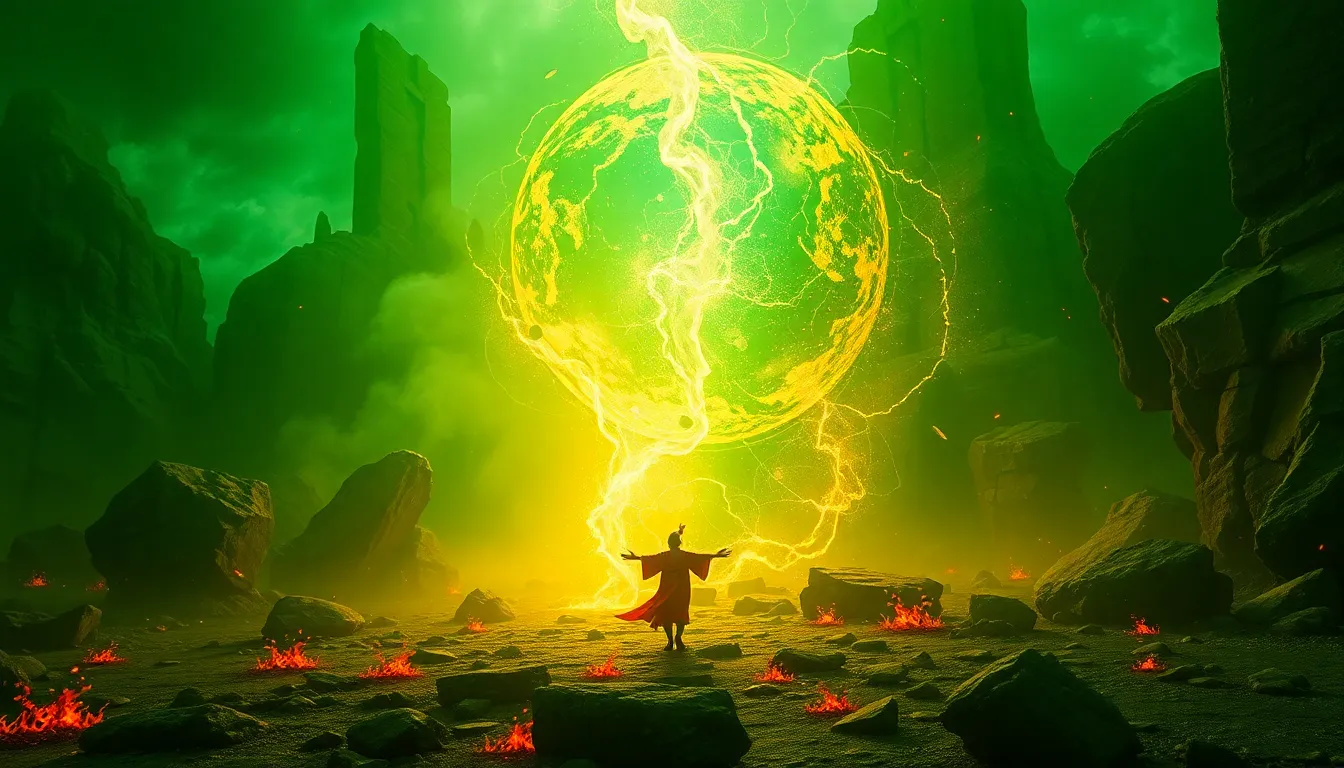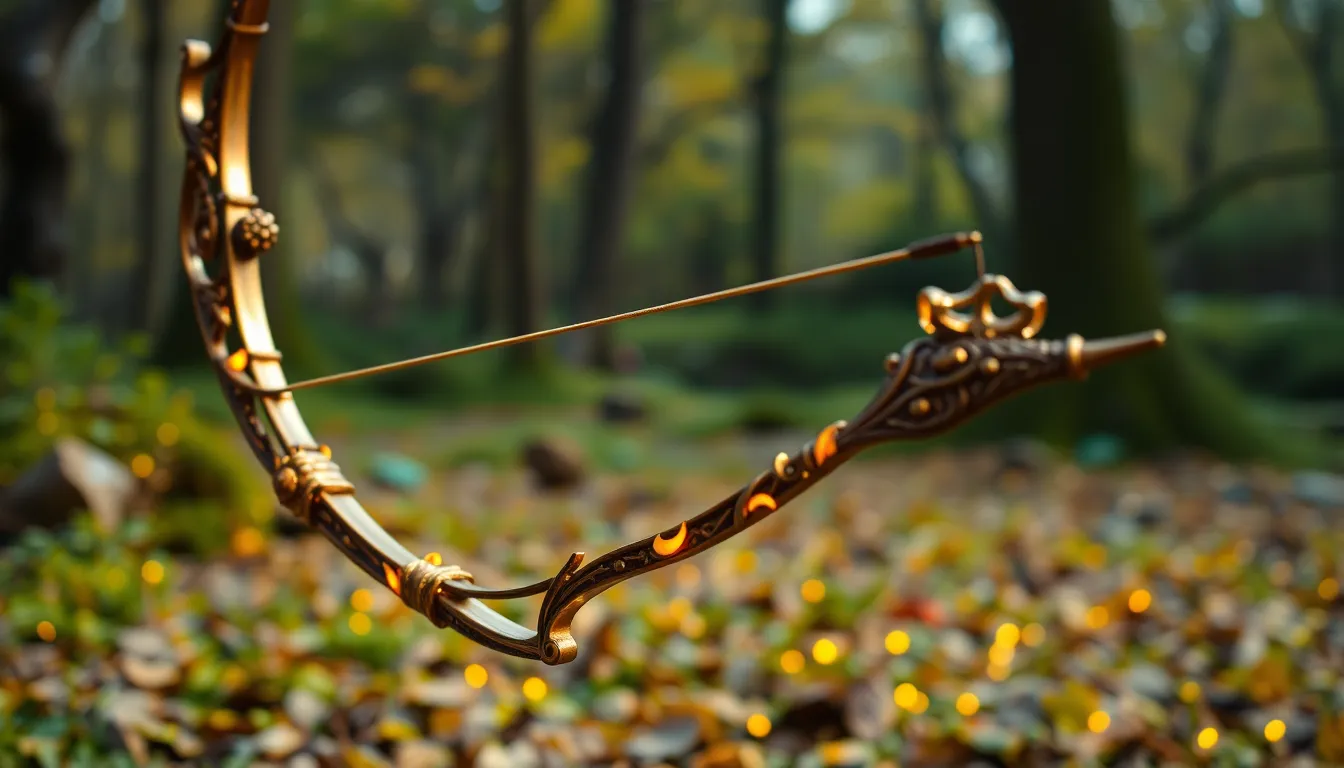Moral Myths and the Nature of Power: Lessons from Legends
I. Introduction
Moral myths are foundational narratives that convey ethical lessons and cultural values, often communicated through storytelling. These myths play a crucial role in shaping societal norms and guiding behavior. Throughout history, power dynamics have been central to human interactions, influencing everything from governance to personal relationships. Understanding how these dynamics are reflected in legends allows us to glean insights into morality and the consequences of power.
This article aims to explore the intersection of moral myths and power dynamics, revealing how legends serve as mirrors reflecting moral lessons about the use and abuse of power. By examining various cultural narratives, we can uncover timeless truths that remain relevant in contemporary society.
II. The Concept of Moral Myths
Moral myths are stories that embody ethical principles and cultural values. They often feature archetypal characters and scenarios that highlight moral dilemmas and the consequences of actions. Key characteristics of moral myths include:
- Didactic Purpose: They are intended to teach moral lessons.
- Symbolism: Characters and events symbolize broader moral concepts.
- Cultural Reflection: They reflect the values and beliefs of the society from which they originate.
Throughout history, moral myths have shaped cultural values and ethics. For example, the fables of Aesop have imparted lessons on honesty and integrity, while the tales of King Arthur emphasize the importance of chivalry and justice. These stories provide frameworks through which societies understand right and wrong.
III. Power: A Double-Edged Sword
Power exists in various forms, including political, social, and personal. Each form of power carries its own implications for morality and ethics. The relationship between power and morality is complex; power can be used to uphold justice or to perpetrate injustice. Some key points include:
- Political Power: Often associated with authority and governance, political power can lead to both societal advancement and oppression.
- Social Power: Influences relationships and community dynamics, impacting social hierarchies and equality.
- Personal Power: Relates to individual agency and the ability to effect change in one’s own life and the lives of others.
History provides numerous case studies of power abuse, such as the tyrannical reigns of dictators or the exploitation of vulnerable groups. The moral consequences of these abuses often reverberate across generations, highlighting the need for ethical considerations in the exercise of power.
IV. Legends as Mirrors of Moral Lessons
Legends encapsulate societal values and the power structures within a culture. They often use narrative devices such as allegory, symbolism, and character arcs to convey moral truths. For example, the legend of Robin Hood illustrates the fight against social injustice, portraying the redistribution of wealth as a moral imperative.
Specific legends provide rich examples of moral implications regarding power:
- The Tale of Hercules: Illustrates the struggle between personal strength and moral integrity.
- The Legend of King Midas: Warns of the dangers of greed and the corrupting influence of wealth.
- The Epic of Gilgamesh: Explores the limits of power and the quest for immortality, revealing the human condition.
V. The Hero’s Journey: Power and Responsibility
The hero’s journey is a common archetype in mythology, connecting leadership to moral responsibility. Heroes are often depicted as individuals who rise to power through trials and tribulations, but with power comes the burden of responsibility. Key themes include:
- Moral Accountability: Heroes must make choices that reflect their values and the greater good.
- Consequences of Power: The misuse of power by heroes can lead to tragic outcomes, as seen in the downfall of figures like Achilles or Macbeth.
These narratives teach that power must be wielded with caution, emphasizing that leaders are accountable for their actions and the impact they have on others.
VI. The Villain’s Role: Corruption and Consequences
The villain archetype in legends serves to highlight the consequences of corruption and the moral lessons that arise from their downfall. Villains often embody the darker aspects of human nature, using their power for personal gain at the expense of others. Some notable points include:
- Characterization of Villains: Villains often possess traits such as greed, ambition, and a disregard for moral values.
- Moral Lessons: Their stories serve as cautionary tales about the corrupting influence of power.
- Real-World Parallels: Historical figures like Joseph Stalin or Adolf Hitler exemplify the destructive potential of unchecked power.
VII. Cultural Variations in Moral Myths About Power
Legends vary significantly across cultures, reflecting unique societal values and perceptions of power. A comparative analysis reveals both differences and similarities:
- Greek Mythology: Explores themes of hubris and divine retribution, as seen in the stories of Zeus and Prometheus.
- Norse Legends: Highlight the concept of fate and the inevitability of consequences, as in the tales of Ragnarok.
- African Folktales: Often feature trickster figures who challenge authority and expose the flaws of the powerful.
Despite cultural differences, certain themes, such as the consequences of power and the importance of moral integrity, resonate universally across these narratives.
VIII. Modern Implications of Ancient Lessons
Moral myths remain relevant in contemporary discussions about power. Current leaders and institutions can learn from these ancient lessons in several ways:
- Ethical Leadership: Emphasizing the importance of integrity and accountability in leadership roles.
- Awareness of Consequences: Recognizing the potential fallout from power abuses and making informed decisions.
- Storytelling as Education: Utilizing narratives to teach moral principles in modern contexts.
IX. Critical Perspectives on Moral Myths and Power
While moral myths provide valuable insights, there are challenges and critiques associated with their use as moral guides:
- Misinterpretation: Legends can be oversimplified, leading to distorted understandings of morality.
- Cultural Bias: Some moral myths may reflect specific cultural values that do not resonate universally.
- Alternative Views: Different philosophical perspectives may challenge the morality embedded in these legends.
X. Conclusion
In conclusion, the exploration of moral myths and their reflections on power offers profound insights into human behavior and ethics. Legends serve as powerful tools for understanding the complexities of power dynamics, revealing the moral lessons inherent in the exercise of authority. By examining these narratives, we can glean wisdom that remains pertinent in our contemporary society, fostering a deeper understanding of the responsibilities that come with power.



